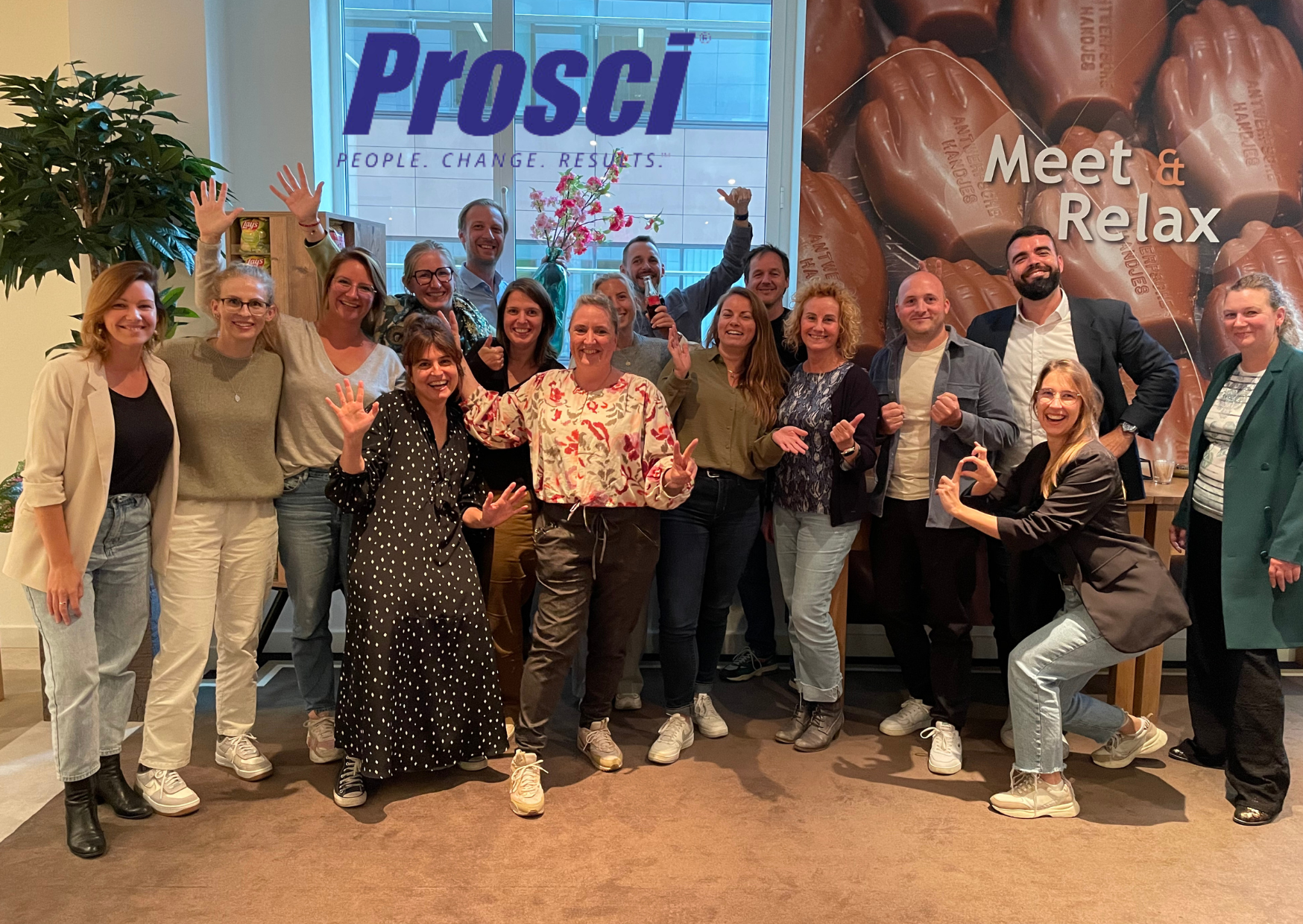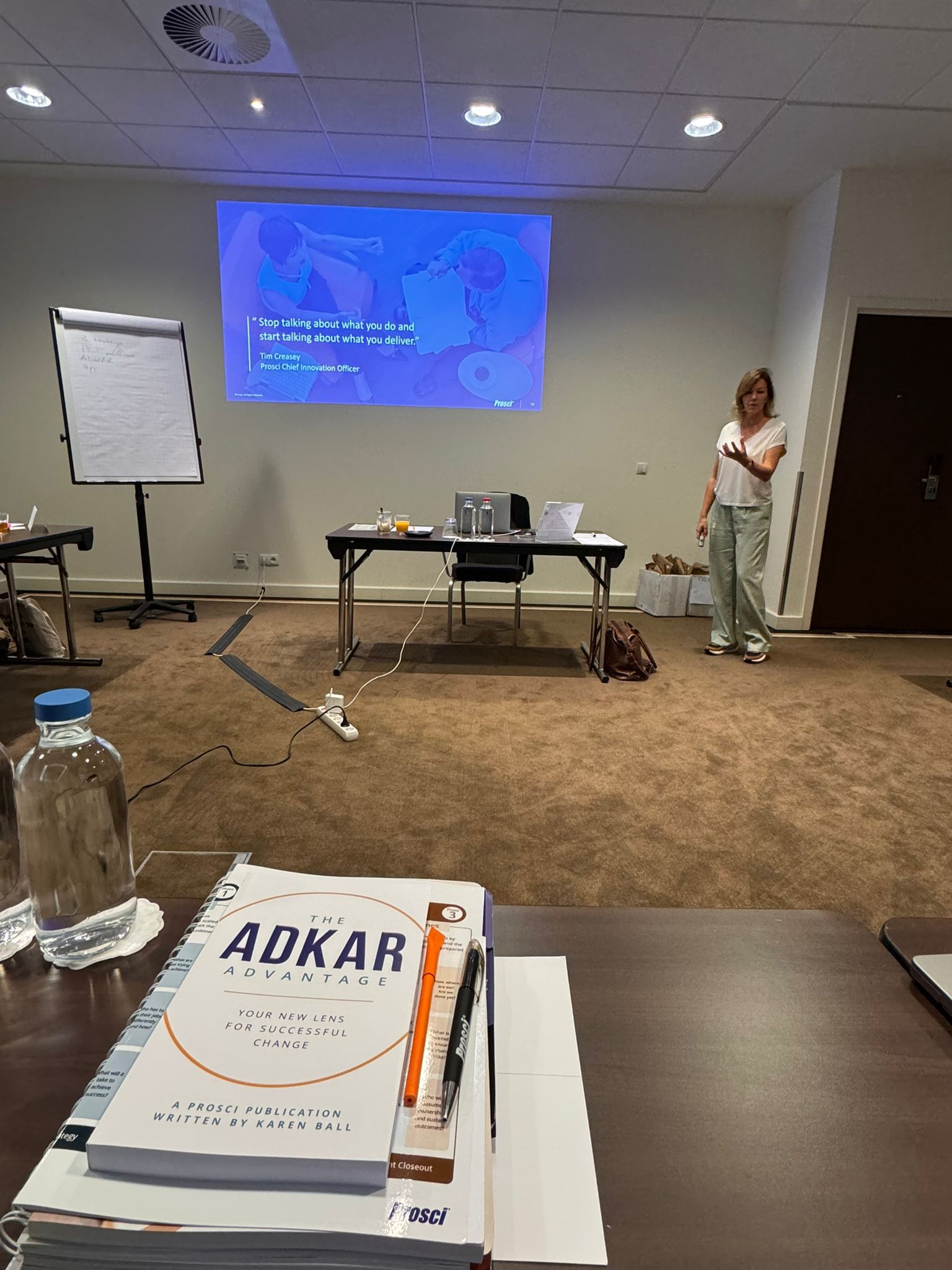Recently, I earned my Prosci Change Practitioner Certification (hooray!), and my suspicion was confirmed. Until now, I’ve relied on my gut feeling to introduce a ‘change’ approach where necessary. But apparently, that ‘gut feeling’ was largely based on my Product Management expertise, which I was intuitively applying. With my new certification in hand, I can now confirm that there are many similarities between the two!
Both change management and product management start with the same crucial question: “(wh)Y” (pun intended)? Whether it’s the Prosci’s ADKAR model or design thinking, both methods emphasize understanding the reason behind the change.
The “Why” as a starting point
In change management, like in the ADKAR model, the process begins with Awareness—creating awareness of the need for change. People must understand why the change is important in order to reduce resistance and create buy-in. This step is essential to get employees on board and motivate them to embrace the change.
Design thinking in product management follows a similar path. The process begins with the Empathize phase, where you understand the needs and problems of the user. This helps product managers define the real problem they need to solve, instead of merely developing a solution for a superficially perceived issue. The “why” forms the foundation for any successful change or innovation.


People at the center
Both approaches put people at the center. In change management, it’s about supporting employees as they transition to new ways of working. ADKAR, for instance, focuses on creating Desire (the desire to participate in the change) and developing Knowledge (knowing how to implement the change).
In product management, understanding the end-user is crucial. During the empathy phase of design thinking, product managers fully immerse themselves in the wants, pain points, and behaviors of their target audience. This not only creates understanding but also connection, as the product being developed truly addresses the users’ needs. Just like in change management, the people involved—in this case, the users—must be at the heart of the process.
Iterative and flexible
Change is not a linear process. In both the ADKAR model and design thinking, you must go back to earlier steps based on feedback. This iterative nature ensures continuous improvement.
Culture and Innovation
Both change management and product management aim for cultural transformation. Organizations must foster a culture where change and innovation are encouraged. Leadership plays a critical role here in supporting a new mindset.
Conclusion: one question, two approaches
Both change management and Both change management and product management begin with the same core question: why? This understanding ensures that those involved—whether employees or end-users—feel connected to the change or product, greatly increasing the chances of success. Creating awareness, working iteratively, involving people, and fostering a culture of change are key elements present in both approaches. By embracing these similarities, organizations can not only implement changes more effectively but also drive sustainable innovation.
